Canada Goose vs. Cackling Goose
For effective characteristic learning, a direct comparison is required. Compared to most Canada Goose subspecies, the following sections address numerous important features for Cackling Goose identification. When it comes to recognizing these white-cheeked geese, no one attribute should be trusted. Although some would consider Cackling goose a Canada goose type, it is good to know the difference before going out for an amazing bird watching adventure on Vancouver Island.
Canada Goose vs. Cackling Goose: Size Difference
Cackling is little, around the size of a Mallard duckling. On the other hand, the biggest Canada Goose can be twice as huge as a Cackling Goose. However, some smaller Canada Geese (particularly females and juvenile birds) can remain almost as compact as their larger counterparts. In terms of appearance, the two are nearly identical, but Cackling Geese are more delicate, with stubbier bills, steeper foreheads, shorter necks (this is especially noticeable in flying birds), and often more rounder heads. Their cries are louder than Canada Geese's.
Canada Goose vs. Cackling Goose: Bill Shape Difference
The bill of the Cackling Goose is different. It's small and stubby, but it also has a greater inclination angle. The Cackling Goose would have a right or equilateral triangle, whereas the Canada Goose would have an isosceles triangle if we made a triangle out of these two bill kinds. The tweener in the photo was taken from a Canada Goose that was a little bigger than the Cackling Geese it was flocking with. Its bill, however, continues to tilt toward the isosceles triangle. Furthermore, the Cackling Goose's nares are more consistently elliptical, but the Canada Goose's nares are more asymmetrical, with a "kink" around the midline.
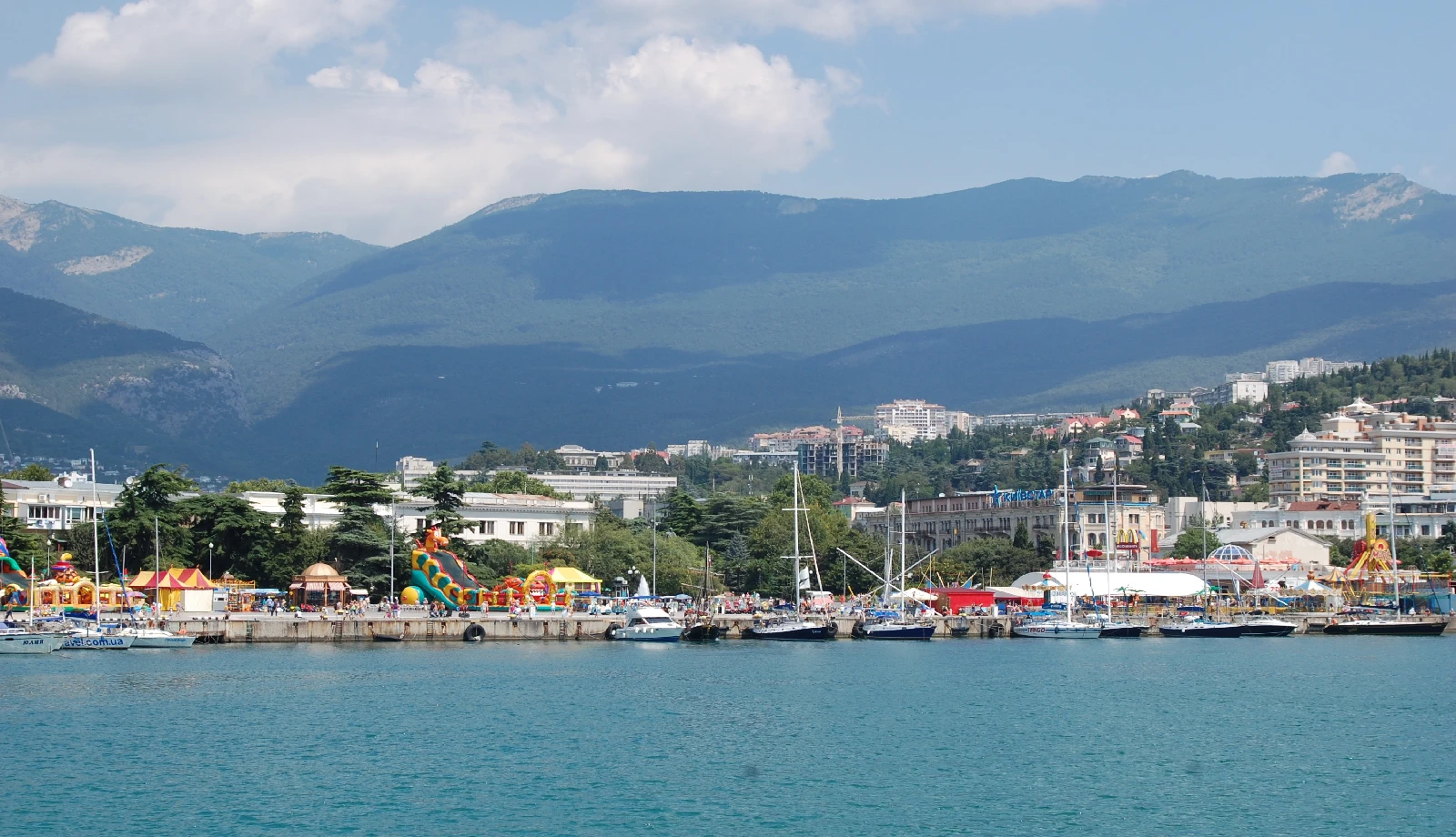
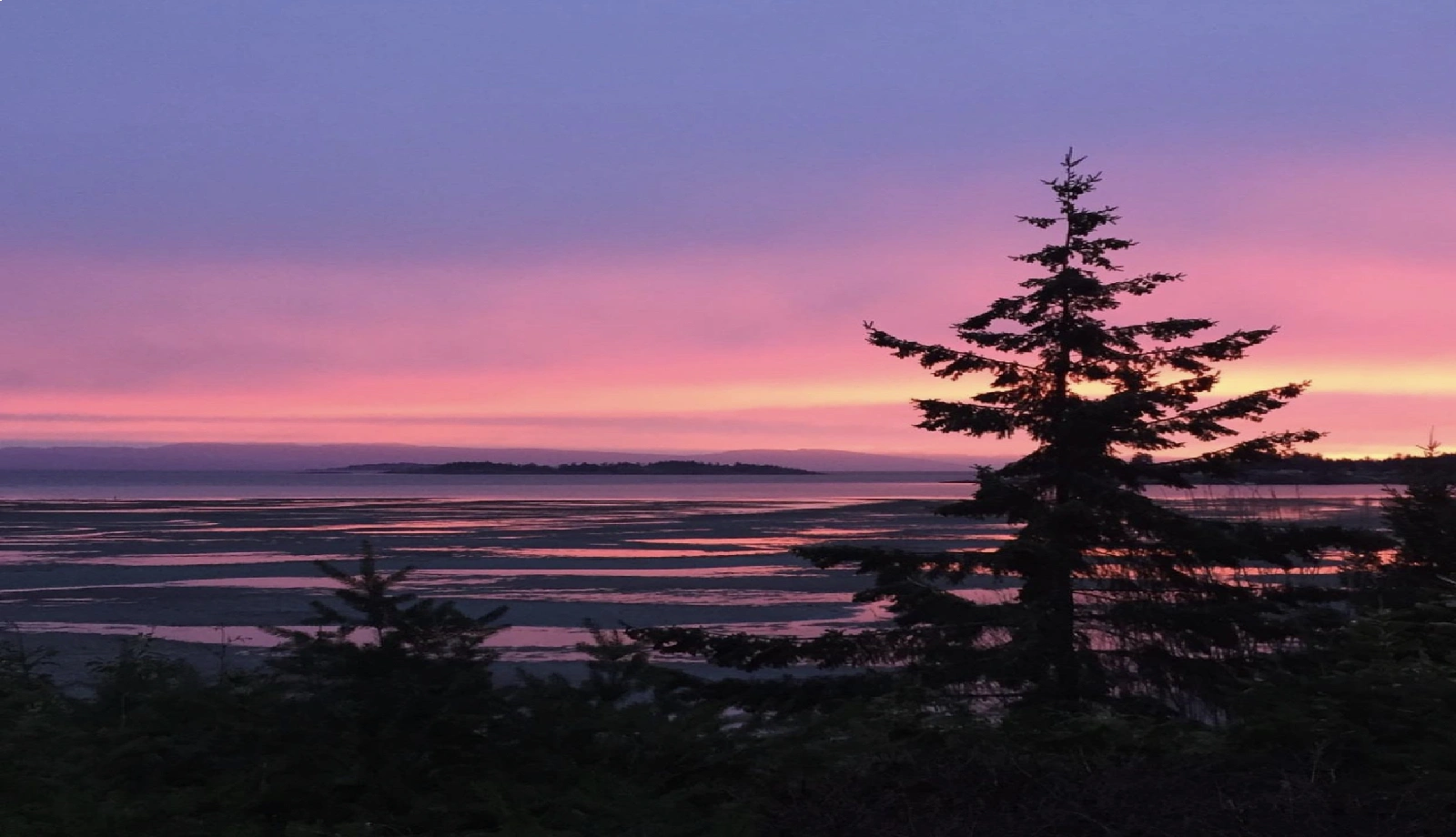
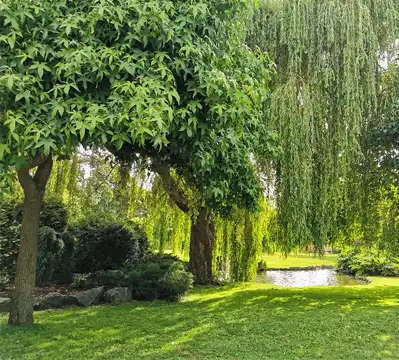
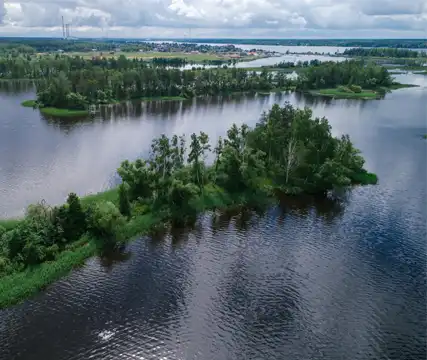


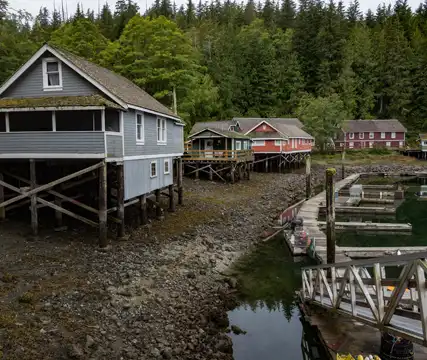

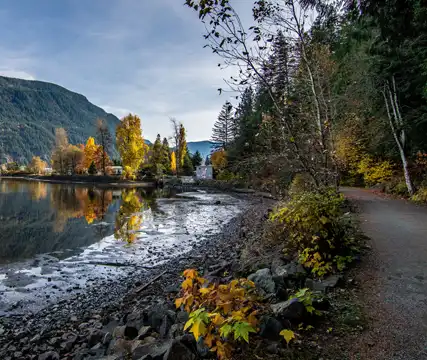
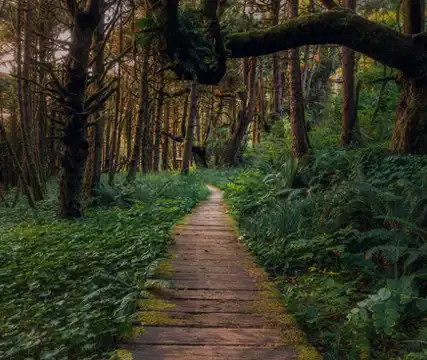
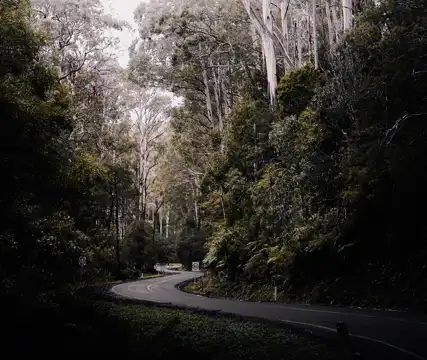
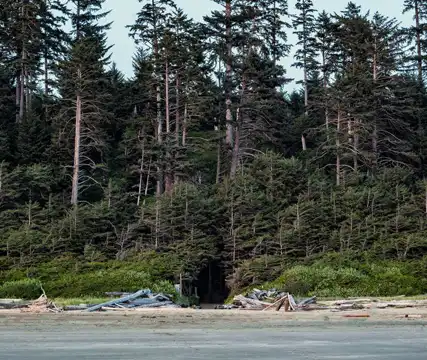
.webp)
.webp)
.webp)
.webp)
.webp)